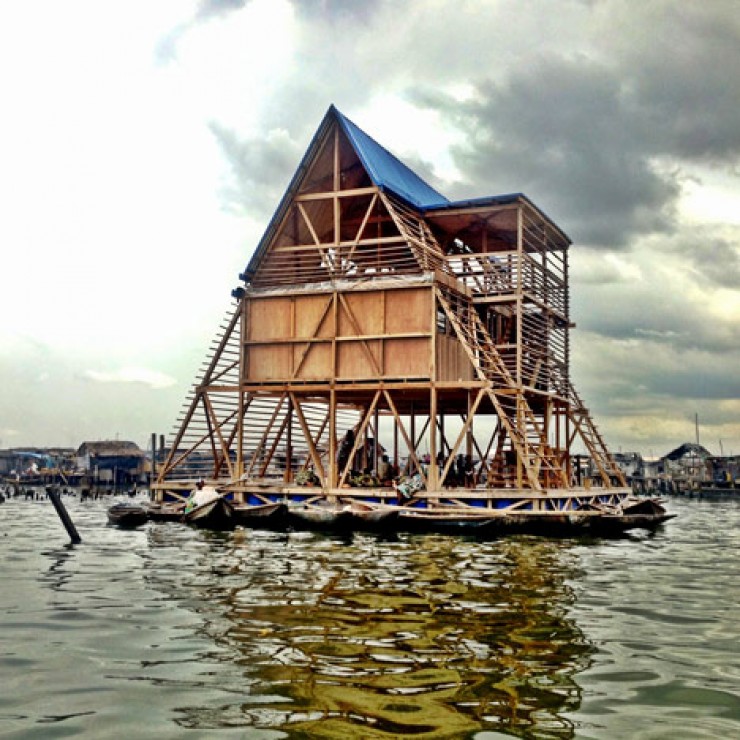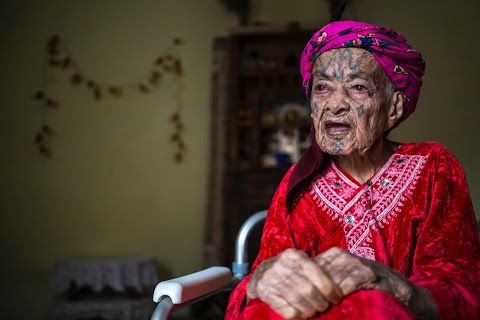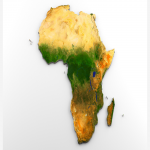Makoko, a vast slum of houses on stilts in a Lagos lagoon, now boasts a new school - pyramid-shaped, floating and capable of withstanding the waterways' extreme weather, it is a beacon of hope for the nearly 100,000 Nigerians who live there.
With room for 100 pupils, the school - built with locally sourced wood and floating on hundreds of recycled plastic barrels - throws a spotlight on the poverty that pervades the commercial hub of Africa's most populous nation.
Aid-funded Makoko Floating School offers free education to local children, most of whose parents fish for a living and who, like most of the megacity's 21 million residents, lack a reliable electricity and water supply.
Makoko was established as a fishing village hundreds of years ago but now climate change and rapid urbanisation are threatening its way of life.
The school, designed by Nigerian architect Kunle Adeyemi, can adapt to changing water levels and was built specifically to withstand the storms and floods that are common in the four-month-long rainy season.
It took three years to build and caters for children who progress from an existing school - the only English-speaking one in the area.
The school's director, Shemede Noah, said the new site is a major improvement on the old one, which was built on reclaimed land and has been damaged by high tides in the peak rainy months of October and November.
"They started building the school and everybody was saying that it's unbelievable, we can't wait to see it, it can't happen," he said.
The school has 47 pupils so far and they, like other children in the lagoon, travel to school by canoe.
Inside, in yellow and blue uniforms, they sit at wooden tables against a backdrop of walls covered in brightly colored maps, historical timelines and other learning guides.
From the outside, the pyramid-shape stands out against the mass of boxy, wooden houses and canoes spread across much of the lagoon and can be seen from many parts of the city's Victoria Island business district.









